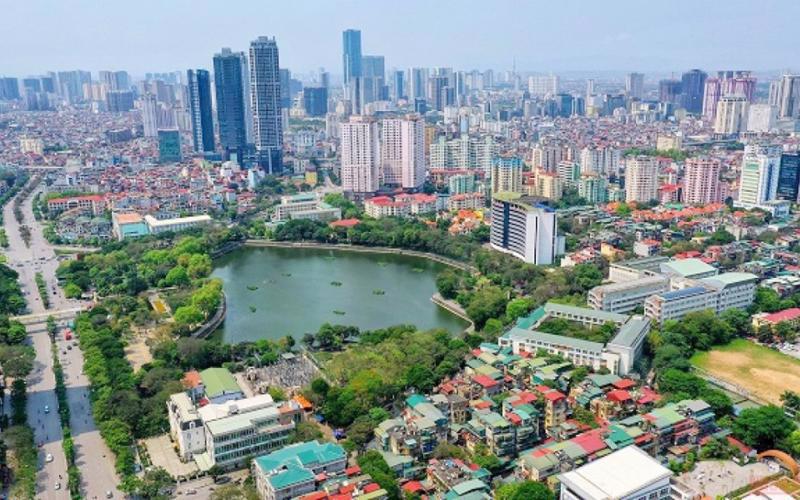Under the master plan for urban and rural areas in the period 2021-2030, with a vision to 2050, approved by Prime Ministerial Decision No. 891/QD-TTg, signed by Deputy Prime Minister Tran Hong Ha on August 22, 2024, Vietnam strives to develop at least five cities of international stature by 2050, serving as focal points for enhancing linkages and development with regional and international networks, the Government News has reported.
Accordingly, by the end of this decade, the Government targets to speed up and improve the quality of urbanization, develop the urban and rural system in a more effective and comprehensive manner, build synchronous and modern infrastructures and create a healthy, climate-resilient and environmentally friendly living environment.
The Government also aims to enhance comprehensive and sustainable rural development associated with urbanization, synchronous infrastructure and social services while preserving and promoting the national cultural identity of each region.
Urbanization rate is projected to reach over 50% by 2030 and 70% by 2050.
By 2030, the number of urban areas nationwide is set at about 1,000-1,200, contributing some 85% of the national GDP.
Meanwhile, it is anticipated that over 90% of communes will meet the standards of new rural areas, with 50% achieving advanced new rural areas.
There are currently five centrally-run cities in Vietnam, including Hanoi, Ho Chi Minh City, Hai Phong, Da Nang and Can Tho.
In addition to the current centrally-run cities, eight provinces are oriented to become a centrally-run city from now until 2030, including Thua Thien-Hue, Khanh Hoa, Bac Ninh, Ba Ria-Vung Tau, Quang Ninh, Ninh Binh, Hai Duong and Binh Duong.









 Google translate
Google translate